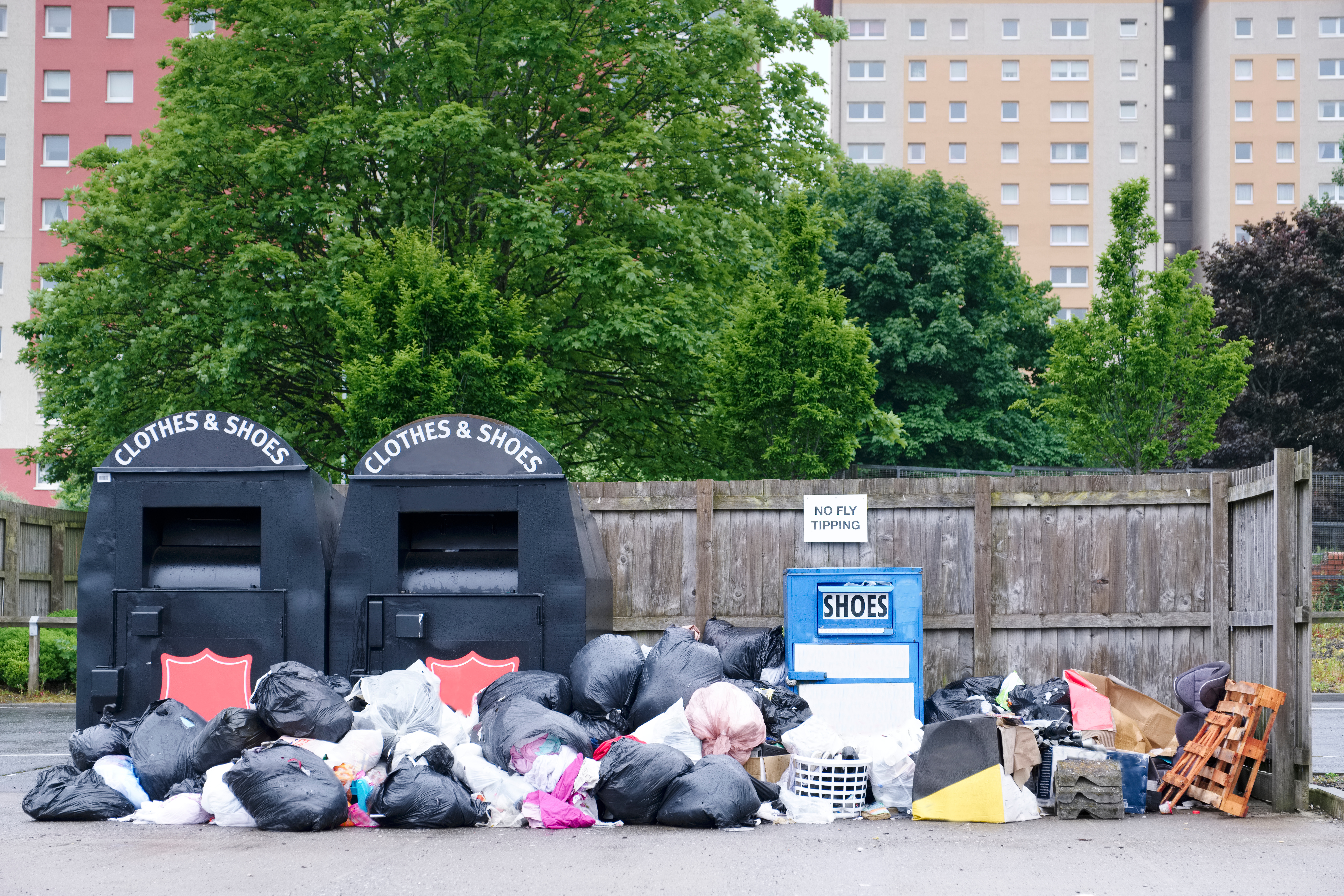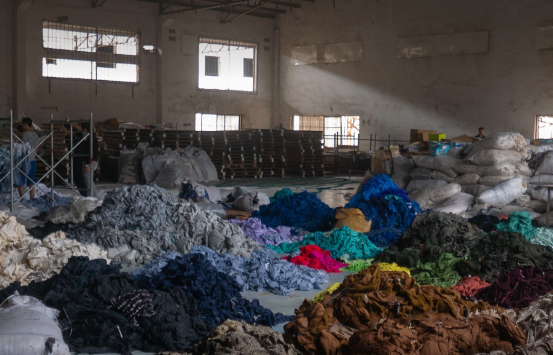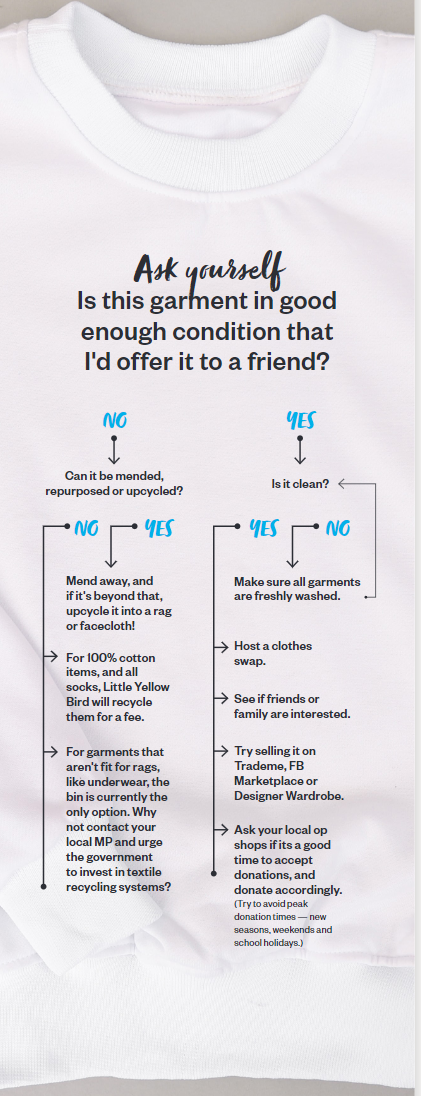Airing the dirty laundry on donated clothes
13579 0
If you support Tearfund, you will likely be familiar with our work to reduce worker exploitation in the fashion industry. Recently, we’ve been focusing on the environmental impacts of fashion. The clothes and shoes we buy, how we care for them and how we dispose of them has never been more important.
The recent rise of “fast fashion”, where companies turn high profits by selling large volumes of cheap clothing, has encouraged rapid rates of clothing consumption and disposal. This has also meant the number of times an item is worn is rapidly decreasing. Aware of the harm this is causing the planet, keen shoppers have turned to donating and buying second-hand clothes to care for people and the planet. This has been seen as a more guilt-free way to consume large quantities of clothing. Since 2018, the second-hand market has grown 21 times faster than the retail apparel market. For many, donating to op-shops and charities makes them feel good. We get to keep shopping, our unwanted clothes get a new home, and charities can raise funds for their causes. It’s a win-win-win, right?
Unfortunately, because the rate Kiwis go through clothing is at an all-time high, New Zealand’s second-hand clothing market has become overwhelmed.
Op-shops and charities are inundated with low-quality garments. Retailers are only able to sell 15 to 30 per cent of donations—nearly half of them are in an unsellable condition. So, where does it all go? The majority end up in our landfills.

A whopping 34.9million kg of clothes are dumped in New Zealand each year, with textiles accounting for nine per cent of Auckland Council’s landfills. This is expected to rise to 14 per cent by 2040, making clothing one of our fastest-growing waste streams. Globally, 80 per cent of clothing ends up in landfills, creating substantial greenhouse gas emissions from decomposing fabrics. Each year, New Zealand's collective textile waste emits nearly 400 million kg of CO2e, the equivalent emissions from 144,770 round-trip flights between Auckland and London. Because second-hand retailers don’t have the resources to sort and store all donated clothes, quality clothing ends up in landfills too. In Wellington landfills, it’s estimated that 25 per cent of clothing is in re-sellable condition. Ironically, the increase in unsellable donations is hampering charities’ ability to raise money because of high landfill costs. Not such a win for charities.
What about clothes that don’t get resold or thrown away? Globally, only 10 to 20 per cent of donated clothing gets sold in the country where it’s donated. After that, clothes not landfilled are exported to lower-income countries to be resold. For example, Kantamanto Market in Accra, Ghana, receives 15 million used garments per week.

In New Zealand, charities give their unsellable clothing to Savemart, which annually exports 4.2million kg of used clothing to be resold in the Pacific, particularly Papua New Guinea.
While this may increase affordable clothing, it severely undercuts the local clothing industry. It also perpetuates the idea that exporting unwanted garments to countries with even less waste management infrastructure than New Zealand is charitable. In 2018, the owner of Savemart said, “even unsaleable items are saleable to a third-world country”, while an employee said, “anything that was stained or ripped just beyond sale in New Zealand, was thrown into the Papua New Guinea bale”. Some African countries are starting to ban unwanted clothing imports in support of their own clothing industries.
The second-hand clothing market is rooted in good intentions and is incredibly beneficial when stewarded well. However, it’s currently bearing the brunt of overproduction, Kiwis’ unsustainable consumption and disposal of clothing, and New Zealand’s lack of textile recycling solutions. It’s no coincidence that the clothing waste problem in Aotearoa has largely coincided with the arrival of fast-fashion brands. At Tearfund, we envision a clothing industry that prioritises the well-being of the people and the health of the planet. We believe landfilling and exporting should not have to be key parts of a second-hand business model. To help resolve this, the best thing you can do is buy less. This means you can save and invest in quality clothing which you’re more likely to take care of. It also means you will have less to donate. When you’re in need, buy second-hand clothes instead. But remember—second-hand clothing isn’t a licence to consume at fast-fashion rates. It’s still important to consistently challenge our need to add new items to our wardrobes. So, how can we be good stewards of our clothing, and when needed, donate well?
Have a look at the chart below for some positive actions you can take!
